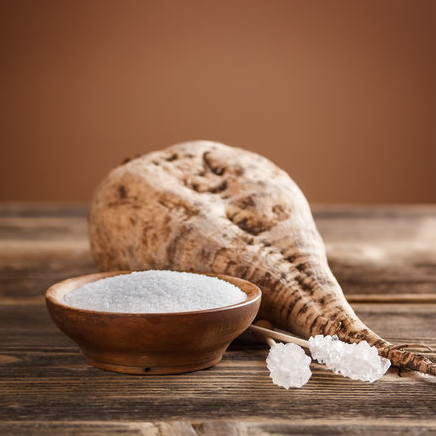Understanding beet sugar vs cane sugar helps consumers make better choices about their diet.
Discovering the Differences in Usages and Benefits Between Beet Sugar Vs Cane Sugar
In the culinary world, the choice between beet sugar and cane sugar is not merely about sweetness however involves a nuanced factor to consider of flavor, application, and impact. While both sugars stem from different plants, each undergoes unique production procedures that discreetly influence their features and suitability for numerous meals. As chefs and customers significantly prioritize both the environmental and taste accounts of their components, comprehending these distinctions becomes crucial. This expedition supplies understanding right into just how each sugar kind can best improve cooking creations.
Origins and Production Procedures of Beet and Cane Sugar

Walking cane sugar, on the various other hand, comes from the sugarcane plant, an exotic yard indigenous to Southeast Asia but currently cultivated in tropical areas worldwide - beet sugar vs cane sugar. The production of cane sugar starts with the harvesting of cane stalks, which are squashed to launch the juice.

Nutritional Material and Wellness Considerations

When comparing the dietary web content of beet sugar and cane sugar, it becomes noticeable that both types basically give the exact same calorie worths, with around 16 calories per teaspoon and no considerable nutrient diversity. Both sugars, when consumed in excess, can contribute to raised blood sugar degrees, a risk factor for diabetic issues and various other metabolic conditions. From a wellness perspective, moderating consumption of any kind of type of sugar, whether from beet or cane, is suggested to avoid these possible unfavorable impacts on wellness.
Taste Profiles and Culinary Applications
Despite their similar chemical frameworks, beet sugar and cane sugar differ discreetly in taste, which can influence their use in various culinary contexts. Cane sugar frequently lugs a tip of molasses, also in its polished kind, lending a cozy, caramel-like undertone that enhances baked products, coffee, and chocolate-based dishes. This minor molasses taste is especially valued in the baking industry for adding depth to sugary foods and breads. On the various other hand, beet sugar is identified by its highly fine-tuned, neutral preference, making it a functional sugar that does not modify the flavor accounts of dishes. This nonpartisanship is particularly advantageous in delicate dishes, such as light breads, lotions, and some sauces, where the integral tastes of other components are meant to stick out. Consequently, chefs and food producers might pick one sort of sugar over the other based upon the desired taste outcome of their cooking creations.
Ecological Impact and Sustainability
While both beet and cane sugars are acquired from plants, their ecological effects vary substantially due to the distinctive approaches of growing and processing needed for each. Sugar beet growing typically involves substantial automation, which can boost fossil gas intake and carbon exhausts.
Furthermore, the processing of sugarcane usually creates a significant quantity of waste, including bagasse, which, although useful as biofuel, frequently adds to air pollution if melted inefficiently. Sugar beet handling utilizes see post even more of the raw materials, leading to much less waste. Both markets deal with difficulties in decreasing their ecological impacts, however recurring technologies in farming methods and waste administration are aiming to enhance sustainability.
Economic Factors Affecting the Sugar Sector
The economic dynamics of the sugar industry are considerably influenced by worldwide market needs and trade plans. Aspects such as tolls, aids, and international trade arrangements play essential duties in forming the competitive landscape. In regions where sugarcane or sugar beet manufacturing is subsidized, producers might have a financial benefit that enables them to use reduced rates on the international market. This can create disparities that site in productivity and market their website accessibility for manufacturers in countries without such aids.
Furthermore, changes in worldwide demand for sugar, influenced by dietary patterns and industrial use in food products, directly impact rates and manufacturing degrees. beet sugar vs cane sugar. Climate problems also play an essential function, as they can dramatically influence crop yields and, consequently, the supply chain. This irregularity presents a degree of financial uncertainty that can cause investment volatility in sugar production fields, affecting choices from planting to market method
Verdict
To conclude, both beet and cane sugar have special top qualities that match various cooking demands. While cane sugar imparts a rich taste perfect for boosting baked items, beet sugar's nonpartisanship is best for lighter recipes. Nutritional resemblances notwithstanding, their distinct manufacturing processes and environmental influences add complexity to the choice between them. Therefore, comprehending these differences assists chefs and customers make notified decisions that straighten with their wellness, cooking, and moral choices.